The focus of this work is to find a more efficient method of enhancing the thermal conductance of polymer thin films. This work compares polymer thin films embedded with randomly oriented carbon nanotubes to those with vertically aligned carbon nanofibers. Thin films embedded with carbon nanofibers demonstrated a similar thermal conductance between 40–60 μm and a higher thermal conductance between 25–40 μm than films embedded with carbon nanotubes with similar volume fractions even though carbon nanotubes have a higher thermal conductivity than carbon nanofibers.
1.
Introduction
In order to describe the evolution of fecal-oral transmitted diseases in the Mediterranean regions, Capasso and Paveri-Fontana [1] proposed the following model
where a,b,c are all positive constants, u(t) and v(t) denote the concentration of the infectious agent in the environment and the infective human population respectively. The coefficients a and b are the intrinsic decay rates of the infectious agent and the infective human population respectively, c represents the multiplication rate of the infectious agent due to the human infected population. The function G(u) stands for the force of infection of the human population due to the concentration of infectious agent. We assume that G(u) satisfies the two specific cases: (ⅰ) a monotone increasing function with constant concavity; (ⅱ) a sigmoidal function of bacterial concentration tending to some finite limit, and with zero gradient at zero. These two cases contain most of the features of forces of infection in real epidemics. For some epidemic, if the density of infectious agent is small, the force of infection of the humans will be weak and may tend to zero, and the function G will satisfy case (ⅱ). In this paper, we focus on such case, and assume that the function G:R+→R+ satisfies:
(G1) G∈C2(R+), G(0)=0, G′(z)>0 for any z>0 and limz→∞G(z)=1;
(G2) there exists ξ>0 such that G"(z)>0 for z∈(0,ξ) and G"(z)<0 for z∈(ξ,∞).
Denote
Under two specific cases stated above, the global dynamics of the cooperative system (1.1) has been described in detail in [2]. It follows from [2, Theorem 4.3] that the global dynamics of (1.1) under conditions (G1) and (G2) can be described as follows:
(ⅰ) If θ<1 and G(z)z<abc for any z>0, then the trivial solution is the only equilibrium for problem (1.1) and it is globally asymptotically stable in R+×R+.
(ⅱ) If θ>1, then problem (1.1) has only one nontrivial equilibrium point (u∗,v∗) in addition to (0,0) and it is globally asymptotically stable in R+×R+.
(ⅲ) If θ<1 and G(z1)z1>abc for some z1>0, then problem (1.1) has three equilibrium points:
where 0<K1<K2 are the positive roots of G(z)−abcz=0. In this case, E1 is a saddle point, E0 and E2 are stable nodes.
In 1997, Capasso and Wilson [3] further considered spatial variation and studied the problem
where Ω is bounded. By some numerical simulation, they speculated that the dynamical behavior of system (1.2) is similar to the ODE case. To understand the dispersal process of epidemic from outbreak to an endemic, Xu and Zhao [4] studied the bistable traveling waves of (1.2) in x∈R.
The epidemic always spreads gradually, but the works mentioned above are hard to explain this gradual expanding process. To describe such a gradual spreading process, Du and Lin [5] introduced the free boundary condition to study the invasion of a single species. They considered the problem
and showed that (1.3) admits a unique solution which is well-defined for all t≥0 and spreading and vanishing dichotomy holds. Moreover, the criteria for spreading and vanishing are obtained: (ⅰ) for h0≥π2√da, the species will spread; (ⅱ) for h0<π2√da and given u0(x), there exists μ∗ such that the species will spread for μ>μ∗, and the species will vanish for 0<μ≤μ∗. Finally, they gave the spreading speed of the spreading front when spreading occurs. Since then, many problems with free boundaries and related problems have been investigated, see e.g. [6,7,8,9,10,11,12,13,14,15,16,17,18,19,20,21,22] and their references.
In 2016, Ahn et al. [23] considered (1.2) with monostable nonlinearity and free boundaries. They obtained the global existence and uniqueness of the solution and spreading and vanishing dichotomy. Furthermore, by introducing the so-called spatial-temporal risk index
they proved that: (ⅰ) if R0=cG′(0)ab≤1, the epidemic will vanish; (ⅱ) if RF0(0)≥1, the epidemic will spread; (ⅲ) if RF0(0)<1, epidemic will vanish for the small initial densities; (ⅳ) if RF0(0)<1<R0, epidemic will spread for the large initial densities. Recently, Zhao et al. [24] determined the spreading speed of the spreading front of problem described in [23].
Inspired by the work [23], we want to study (1.2) with bistable nonlinearity and free boundaries. Meanwhile, we also want to consider the effect of the advection. In 2009, Maidana and Yang [25] studied the propagation of West Nile Virus from New York City to California. In the summer of 1999, West Nile Virus began to appear in New York City. But it was observed that the wave front traveled 187 km to the north and 1100 km to the south in the second year. Therefore, taking account of the advection movement has the greater realistic significance. Recently, there are some works considering the advection. In 2014, Gu et al. [26] was the first time to consider the long-time behavior of problem (1.3) with small advection. Then, the asymptotic spreading speeds of the free boundaries was given in [27]. For more general reaction term, Gu et al. [10] studied the long time behavior of solutions of Fisher-KPP equation with advection β>0 and free boundaries. For single equation with advection, there are many other works. For example, [28,29,30,31,32,33,34] and their references. Besides, there are also several works devoted to the system with small advection, such as, [35,36,37,38,39,40] and their references.
Taking account of the effect of advection, we consider
where we use the changing region (g(t),h(t)) to denote the infective environment of disease, where the free boundaries x=g(t) and x=h(t) represent the spreading fronts of epidemic. Since the diffusion coefficient of v is much smaller than that of u, we assume that the diffusion coefficient of v is zero. When u spreads into a new environment, some humans in the new environment may be infected. Hence, we can use (g(t),h(t)) to represent the habit of infective humans. We use I0≐(−h0,h0) to denote the initial infective environment of epidemic. The initial functions u0(x) and v0(x) satisfy
where p>3. The derivation of the stefan conditions h′(t)=−μux(t,h(t)) and g′(t)=−μux(t,g(t)) can be found in [41,42]. In this paper, we always assume that G satisfies (G1)-(G2) and
(G3) G(z) is locally Lipschitz in z∈R+, i.e., for any L>0, there exists a constant ρ(L)>0 such that
Furthermore, we assume that 0<β<β∗ with
The rest of this paper is organized as follows. In Section 2, the global existence and uniqueness of solution, comparison principle and some results about the principal eigenvalue are given. Section 3 is devoted to the long time behavior of (u,v). We get a spreading and vanishing dichotomy and give the criteria for spreading and vanishing. Finally, we give some discussions in Section 4.
2.
Preliminaries
Firstly, we prove the existence and uniqueness of the solution.
Lemma 2.1. For any given (u0,v0)∈X1(h0)×X2(h0) and any α∈(0,1), there exists a T>0 such that problem (1.4) admits a unique solution
moreover,
where ΩT={(t,x)∈R2: 0≤t≤T, g(t)≤x≤h(t)}, C and T depend only on h0, α, ‖u0‖W2p([−h0,h0]) and ‖v0‖∞.
Proof. This proof can be done by the similar arguments in [43]. But there are some differences. Hence, we give the details. Let
and
Then problem (1.4) becomes
and
where
Denote g∗=−μh0u′0(−h0) and h∗=−μh0u′0(h0). For 0<T≤h02(2+g∗+h∗), define
It is easy to see that DT≐D1T×D2T×D3T is a complete metric space with the metric
For any given (w,g,h)∈DT, there exist some ξ1,ξ2∈(0,t) such that
which implies that
Thus, A(g(t),h(t)) and B(g(t),h(t),y) are well-defined. By the definition of w, we have
Since |w(t,y)|≤‖w0‖L∞+1 for (t,y)∈△T, we have
Define
For u defined as (2.6) and any given x∈[g(T),h(T)], we consider the following ODE problem
By the similar arguments as the step 1 in the proof of [44, Lemma 2.3], it is easy to show that (2.7) admits a unique solution v(t,x) for t∈[tx,T1], where T1∈(0,h02(2+g∗+h∗)]. Hence, problem (2.4) has a unique solution v(t,x)∈C1([0,T1];L∞([g(t),h(t)])). By the continuous dependence of the solution on parameters, we can have
Then
For this v, we can get
For (w,g,h) and z obtained above, we consider the following problem
Applying standard Lp theory and the Sobolev imbedding theorem, we can have there exists T2∈(0,T1] such that (2.8) admits a unique solution ¯w(t,y) and
where C2 is a constant depending only on h0, α and ‖u0‖W2p([−h0,h0]). Then
Define
then we have ¯g(0)=−h0, ¯h(0)=h0,
and hence
Now, we can define the mapping F:DT→C(△T)×C1([0,T])×C1([0,T]) by
Obviously, DT is a bounded and closed convex set of C(△T)×C1([0,T])×C1([0,T]), F is continuous in DT, and (w,g,h) is a fixed point of F if and only if (w,v,g,h) solve (2.3), (2.4) and (2.5). By (2.9) and (2.10), we have F is compact and
Therefore if we take T≤min{T2, C−21+α2, C−2α3}≐T3, then F maps DT into itself. It now follows from the Schauder fixed point theorem that F has a fixed point (w,g,h) in DT. Moreover, we have (w,v,g,h) solve (2.3), (2.4) and (2.5),
Define as before,
Then (u,v,g,h) solve (1.4), and satisfies (2.1) and (2.2).
In the following, we prove the uniqueness of (u,v,g,h). Let (ui,vi,gi,hi) (i=1,2) be the two solutions of problem (1.4) for T∈(0,T3] sufficiently small. Let
Then it is easy to see that (wi,vi,gi,hi) solve (2.3), (2.4) and (2.5). Denoting
we can have
and
Using the Lp estimates for parabolic equations and Sobolev imbedding theorem, we obtain
where C4 depends on C2, C3 and the functions A and B. Next we should estimate ‖z1−z2‖C(△T). For convenience, we define
By direct calculations, we have
Now we estimate |(v1−v2)(t∗,x∗)| for any fixed (t∗,x∗)∈ΩGm,HMT. It will be divided into the following three cases.
Case 1. x∗∈[−h0,h0].
Since (2.4) is equivalent to the following integral equation:
we have
Then,
Case 2. x∗∈(h0,Hm(t∗)).
In this case, there exist t∗1, t∗2∈(0,t∗) such that h1(t∗1)=h2(t∗2)=x∗. Without loss of generality, we may assume that 0≤t∗1≤t∗2. Then,
Thus,
By (G1) and (G2), we can have that there exists γ such that G(z)≤γz for z≥0. Now we estimate v1(t∗2,x∗). Direct calculations give that
Hence,
Case 3. x∗∈[Hm(t∗),HM(t∗)].
Without loss of generality, we assume that h2(t∗)<h1(t∗). In this case, there exists t∗1 such that h1(t∗1)=x∗. Then v1(t∗1,x∗)=0, u2(t,x∗)=v2(t,x∗)=0 for t∈[t∗1,t∗]. Hence, V(t∗,x∗)=v1(t∗,x∗) and
Hence,
By (2.14), (2.15) and (2.16), we have
where C5 depends on b, ρ, M1 and γ. Now we estimate ‖u1(t,x)−u2(t,x)‖C(ΩGm,HMT).
where C6 only depends on h0 and ‖w2x‖C(△T3). By ¯W(0,y)=0 and Sobolev imbedding theorem, we have
where C7 and C8 do not depend on T. By (2.12), (2.13), (2.17), (2.18) and (2.19), we can get
where C9 depends on C4, C5 and C8; C10 depends on C1, C5 and C6. If T∈min{T3,(2C9)−2α}≐T4,
In the following, we estimate ‖G‖C1([0,T]) and ‖H‖C1([0,T]). Since G(0)=G′(0)=0, we have
By (2.11), we have
where C11 depends on μ, A and h0. It follows from the proof of [45, Theorem 1.1] that we have
where C12 and C13 do not depend on T. Therefore, we have
where C14 depends on C2, C10, C11 and C13. Similarly, there exists C15 such that
It follows from (2.21) and (2.22) that
if T≤min{T4, 1, (4C16)−2α}≐T5, where C16=C14+C15. Hence, G=H=0 for T≤T5. It follows from (2.20) that W=0. This implies that u1≡u2. By (2.17), we have v1≡v2. The uniqueness is obtained.
Then it follows from the arguments in [23] that we can get the following estimates.
Lemma 2.2. Let (u,v,g,h) be a solution of problem (1.4) defined for t∈(0,T0], where T0∈(0,+∞). Then there exist M1, M2 and M3 independent of T0 such that
(ⅰ) 0<u(t,x)≤M1, 0<v(t,x)≤M2 for t∈(0,T0] and x∈[g(t),h(t)].
(ⅱ) 0<−g′(t), h′(t)≤M3 for t∈(0,T0].
Just like the proof of [37, Theorem 3.2], we can obtain the global existence and uniqueness.
Theorem 2.3. The solution exists and is unique for all t>0.
Then, we exhibit the following comparison principle, which can be proven by the similar argument in [23,Lemma 2.5].
Theorem 2.4. Assume that
with
and (¯u,¯v,¯g,¯h) satisfies
Then the solution (u,v,g,h) of the free boundary problem (1.4) satisfies
Remark 2.5. The pair (¯u,¯v,¯g,¯h) in Theorem 2.4 is usually called an upper solution of problem (1.4). Similarly, we can define a lower solution by reversing all the inequalities in the suitable places.
In the following part, we consider the following eigenvalue problem
Denote by λ0(l) the principal eigenvalue of problem (2.23) with some fixed l.
Lemma 2.6. λ0(l) has the following form:
Proof. We choose β to be small and determine it later. By a simple calculation, we can achieve the characteristic equation
and let μi (i=1,2) be the roots of (2.24). Then the solution of (2.23) is
where c1 and c2 will be determined later. Since ϕ(−l)=ϕ(l)=0, we can derive that
In fact, if Δ=β2−4d(λ−a+cG′(0)b)≥0, we have ϕ≡0, which is a contradiction. Hence, (2.24) has two complex roots:
Then
By ϕ(−l)=ϕ(l)=0, we have c1=c2 and
When k=0, λ attain its minimum, we have
and the corresponding eigenfunction ϕ(x)=eβ2dxcos(π2lx).
Then we have the following properties about λ0(l).
Lemma 2.7. The following assertions hold:
(ⅰ) λ0(l) is continuous and strictly decreasing in l,
(ⅱ) If cG′(0)ab>1 and 0<β<2√d(cG′(0)b−a), then there exists
such that λ0(l∗)=0. Furthermore, λ0(l)>0 for 0<l<l∗, and λ0(l)<0 for l>l∗.
(ⅲ) If cG′(0)ab≤1, then λ0(l)>β24d−(cG′(0)b−a)>0.
Proof. By the expression of λ0(l) in Lemma 2.6, the proof of lemma is obvious. We omit it here.
3.
Spreading and vanishing
Firstly, we give the definitions of spreading and vanishing of the disease:
Definition 3.1. We say that vanishing happens if
and spreading happens if
Then, we give the following lemmas.
Lemma 3.2. Let (u,v,g,h) be the solution of (1.4). If h∞−g∞<∞, then there exists a constant C>0 such that
Moreover,
Proof. We can use the method in [46, Theorem 2.1] to get (3.1). Then the proof of (3.2) can be done as [16,Theorem 4.1].
Lemma 3.3. Let d, μ and h0 be positive constants, w∈C1+α2,1+α([0,∞)×[g(t),h(t)]) and g, h∈C1+α2([0,∞)) for some α>0. We further assume that w0(x)∈X1(h0). If (w,g,h) satisfies
and
for some constant M>0. Then
Proof. It can be proved by the similar arguments in [16,Theorem 4.2].
By above Lemmas 3.2 and 3.3, we can derive the following result.
Theorem 3.4. If h∞−g∞<∞, then
Proof. Firstly, we can use the method in the proof of [46,Theorem 2.1] to get
Recall that u satisfies (3.3). By Lemmas 3.2 and 3.3, we can get limt→∞‖u(t,⋅)‖C([g(t),h(t)])=0.
Noting that v(t,x) satisfies
and G(u)→0 uniformly for x∈[g(t),h(t)] as t→∞, we have limt→∞‖v(t,⋅)‖C([g(t),h(t)])=0.
Lemma 3.5. If G(z)z<abc for any z>0, then h∞−g∞<∞.
Proof. Direct calculations yield
Integrating from 0 to t gives
Since u≥0, v≥0 and G(u)≤abcu for u≥0, we have
Letting t→∞, we have h∞−g∞<∞.
Lemma 3.6. Assume that G(z1)z1>abc for some z1>0. If λ0(h0)>0 holds, then vanishing will happen provided that u0 and v0 are sufficiently small.
Proof. We prove this result by constructing the appropriate upper solution. Let ϕ be the corresponding eigenfunction of λ0(h0). Since λ0(h0)>0, we can choose some small δ such that
Set
Direct computations yield
and
for all t>0 and −σ(t)<x<σ(t), where ξ∈(0,¯u). Let
Since ¯u≤εeβ2dh0δ, we can choose δ to be sufficiently small such that B>0. Noting that
then we have
If u0 and v0 are sufficiently small such that
and
then
Applying Theorem 2.4 gives that h(t)≤σ(t) and g(t)≥−σ(t). Hence, h∞−g∞≤2h0(1+δ)<∞. By Theorem 3.4, we have limt→∞(‖u(t,⋅)‖C([g(t),h(t)])+‖v(t,⋅)‖C([g(t),h(t)]))=0.
By Lemma 3.6, we can derive the following corollary directly.
Corollary 3.7. Assume that G(z1)z1>abc for some z1>0, then the following statements holds:
(ⅰ) If cG′(0)ab<1, then vanishing will happen for u0 and v0 sufficiently small.
(ⅱ) If cG′(0)ab>1 and h0<l∗, then vanishing will happen for u0 and v0 sufficiently small.
Lemma 3.8. Assume that G(z1)z1>abc for some z1>0 and cG′(0)ab>1. If h0>l∗, then spreading will happen.
Proof. Let ϕ be the corresponding eigenfunction of λ0(h0). Since cG′(0)ab>1 and h0>l∗, we have λ0(h0)<0. Then we construct a suitable lower solution. Since
we can define
Direct computations yield
and
for all t>0 and −h0<x<h0, where ξ∈(0,u_). We can choose ϵ small enough such that
Then
It follows from Remark 2.5 that u(t,x)≥u_(t,x) in [0,∞)×[−h0,h0]. Hence,
By Theorem 3.4, we have h∞−g∞=∞.
Lemma 3.9. Assume that G(z1)z1>abc for some z1>0 and cG′(0)ab>1. If h0<l∗, then h∞−g∞=∞ provided that u0 and v0 are sufficiently large.
Proof. We first note that there exists √T∗>l∗ such that λ0(√T∗)<0.
Inspired by the argument of [8,proposition 5.3], we consider
It is well-known that the first eigenvalue ˜λ0 of (3.4) is simple and the corresponding eigenfunction φ can be chosen positive in [0,1) and ‖φ‖L∞(−1,1)=1. Moreover, one can easily see that ˜λ0>0 and φ′(x)<0 in (0,1]. We extend φ to [−1,1] as an even function. Then clearly
Now we construct a suitable lower solution to (1.4). Define
where the constants ϱ, m, k are chosen as follows:
Let
and
where we choose ε small enough such that
Then we define
Direct computations yield
and
For x∈[−√ϱ,√ϱ], we have tx=0. Then
Moreover,
If u0 is sufficiently large such that u_(0,x)=mϱkφ(x√ϱ)≤u0(x) for x∈[−√ϱ,√ϱ], then we have
Noting that η(0)=√ϱ≤h0, we can use Remark 2.5 to conclude that h(t)≥η(t) and g(t)≤−η(t) in [0,T∗]. Specially, we obtain h(T∗)≥η(T∗)=√T∗+ϱ>√T∗ and g(T∗)<−√T∗. Then
Hence, we have h∞−g∞=+∞ by Lemma 3.8.
Next, we present the sharp criteria on initial value, which separates spreading and vanishing.
Theorem 3.10. For some γ>0 and ω1 and ω2 in X(h0), let (u,v,g,h) be a solution of (1.4) with (u0,v0)=γ(ω1,ω2), then the following statements holds:
(ⅰ) Assume that cG′(0)ab<1. If G(z)z<abc for any z>0, then vanishing will happen. If G(z1)z1>abc for some z1>0, then vanishing will happen for u0 and v0 sufficiently small.
(ⅱ) Assume that cG′(0)ab>1 and 0<β<2√d(cG′(0)b−a). If G(z)z<abc for any z>0, then vanishing will happen. If G(z1)z1>abc for some z1>0, then the following will hold:
(a) If h0>l∗, then spreading will happen; (b) If h0<l∗, then there exists γ∗∈(0,∞) such that spreading occurs for γ>γ∗, and vanishing happens for 0<γ≤γ∗.
Proof. This theorem follows from Lemma 3.5, Corollary 3.7, Lemmas 3.8 and 3.9. The conclusion (b) can be proven by the same arguments in [23,Theorem 4.3].
Finally, we give the asymptotic behavior of (1.4) when spreading happens.
Theorem 3.11. Assume that cG′(0)ab>1, 0<β<2√d(cG′(0)b−a) and G(z1)z1>abc for some z1>0. If h∞−g∞=∞, then
for x∈R, where (u_∗(x),v_∗(x)) will be given in the proof.
Proof. We denote by (u(t),v(t)) the solution of (1.1) with
Applying the comparison principle gives
Since cG′(0)ab>1, limt→∞(u(t),v(t))=(u∗,v∗). Hence,
By Lemma 2.7, we can find some L>l∗ such that λ0(L)<0, where λ0(L) is the principal eigenvalue of problem (2.23) with l=L and ϕ(x) is the corresponding eigenfunction. For such L, it follows from h∞−g∞=∞ that there exists TL such that
Let (u_(t,x),v_(t,x))=δ(ϕ(x),(G′(0)b+λ04c)ϕ(x)), then we can choose small δ such that
Applying the comparison principle gives that
We extend δ(ϕ(x),(G′(0)b+λ04c)ϕ(x)) to (u_∗(x),v_∗(x)) by defining
Then we have lim inft→∞(u(t,x),v(t,x))≥(u_∗(x),v_∗(x)) for x∈R.
4.
Discussion
In this paper, we have dealt with a partially degenerate epidemic model with free boundaries and small advection. At first, we obtain the global existence and uniqueness of the solution. Then the effect of small advection is considered. We have proved that the results is similar to that in [20,23] under the condition 0<β<β∗. But we should explain that, for the case that cG′(0)ab>1 and β≥2√d(cG′(0)b−a), the criteria for spreading and vanishing is hard to get by using the results of eigenvalue problem to construct the suitable upper and lower solution. We will study it in the future. When spreading occurs, the precise long-time behavior also needs a further consideration.
In order to study the spreading of disease, the asymptotic spreading speed of the spreading fronts is one of the most important subjects. To estimate the precise asymptotic spreading speed, we need to study the corresponding semi-wave problem or some other new technique. This may be not an easy task and deserves further study. We will consider it in another paper.
Due to the advection term, we find that the spreading barrier l∗ becomes larger if we increase the size of β for β∈(0,β∗). This means that if β∈(0,β∗), the more lager the size of advection is, the more difficult the disease will spread. This result may provide us a suggestion in controlling and preventing the disease. It may be an effective measure to make the infectious agents move along a certain direction by artificial means.
Acknowledgments
We are very grateful to the anonymous referee for careful reading and helpful comments which led to improvements of our original manuscript. The first author was supported by FRFCU (lzujbky-2017-it55) and the second author was partially supported by NSF of China (11731005, 11671180).
Conflict of interest
The authors declare there is no conflict of interest.











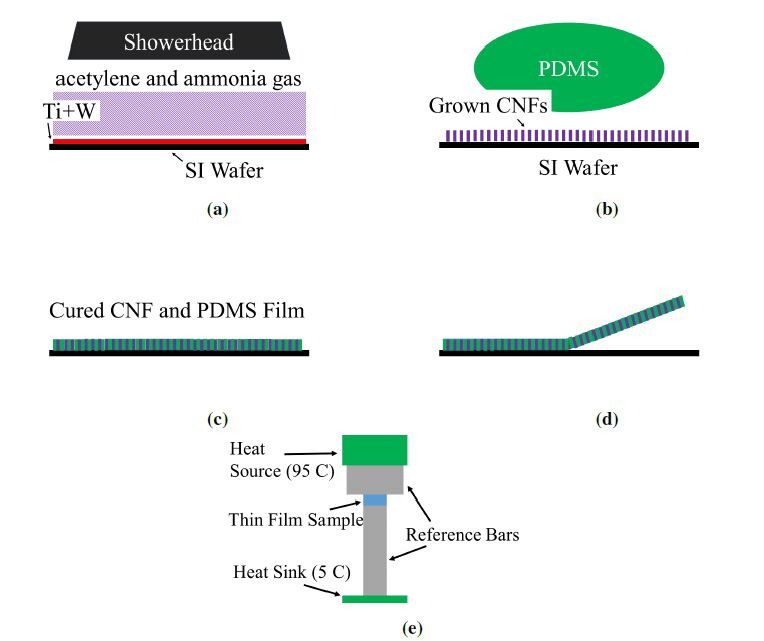
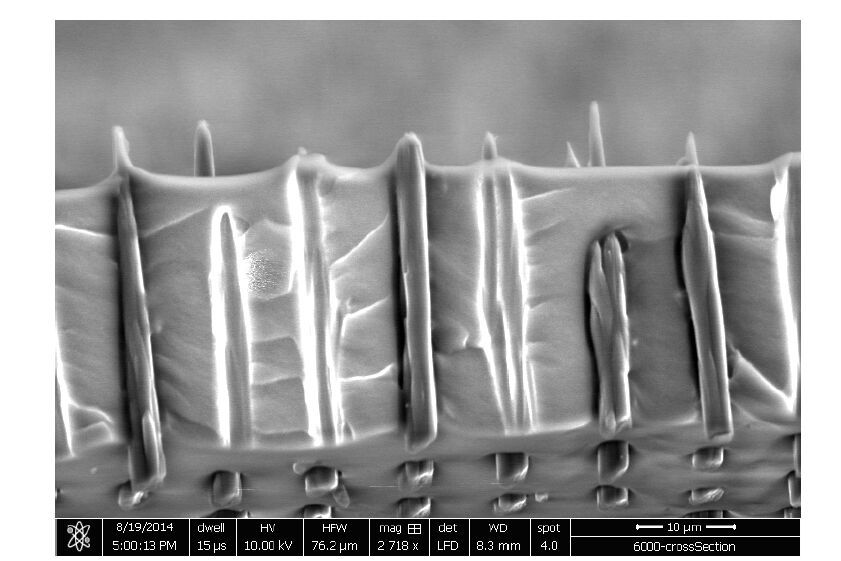
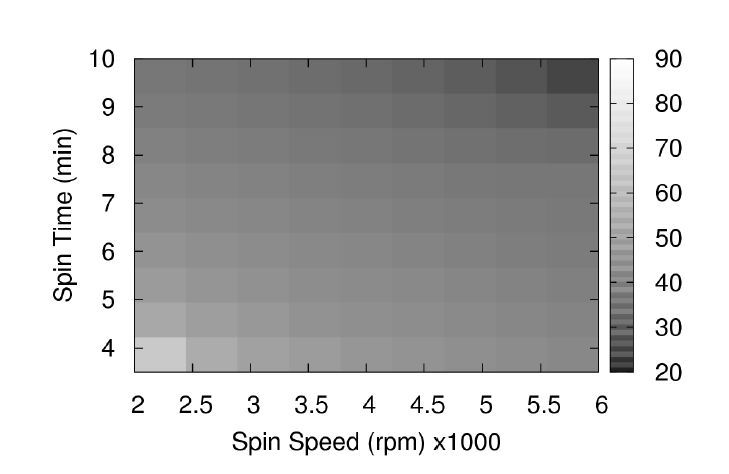
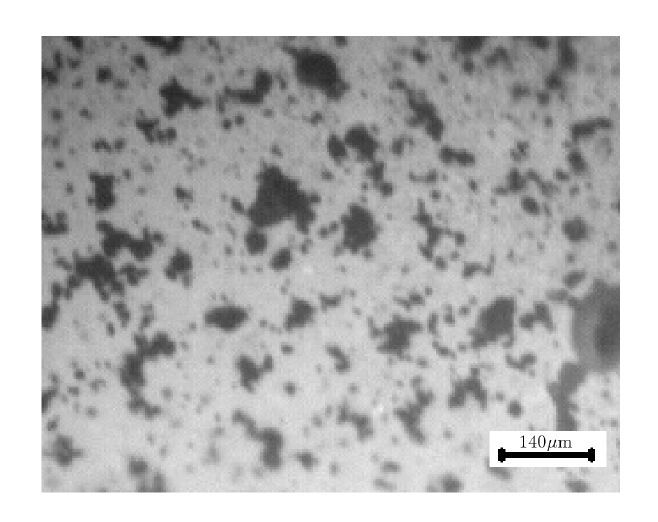
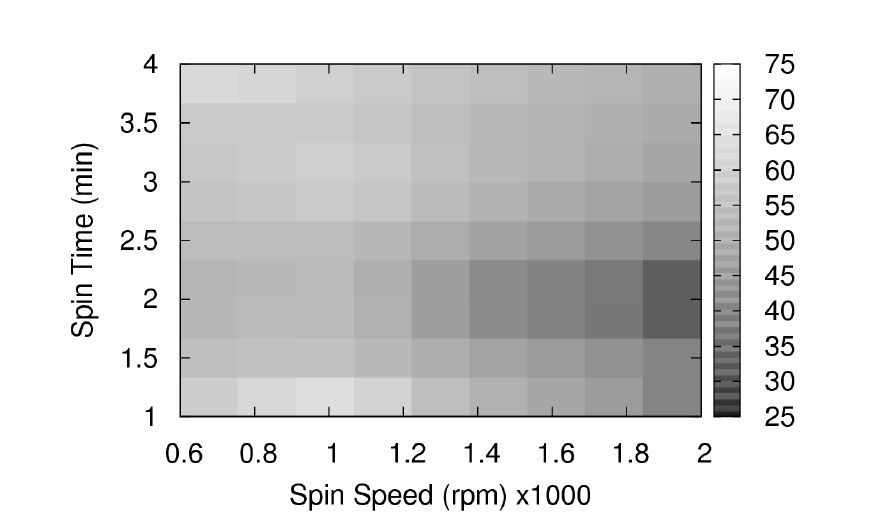
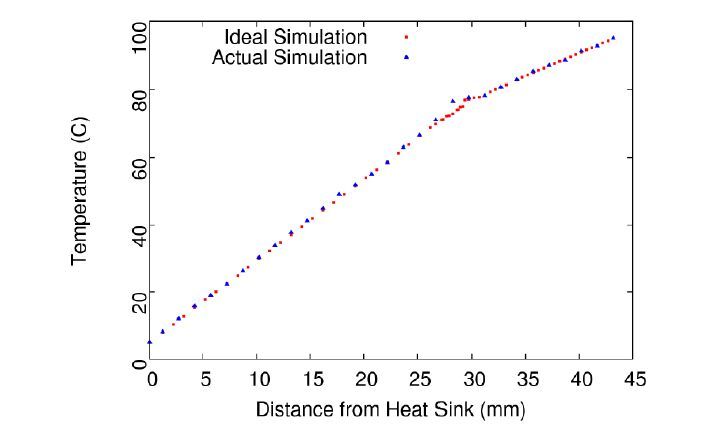
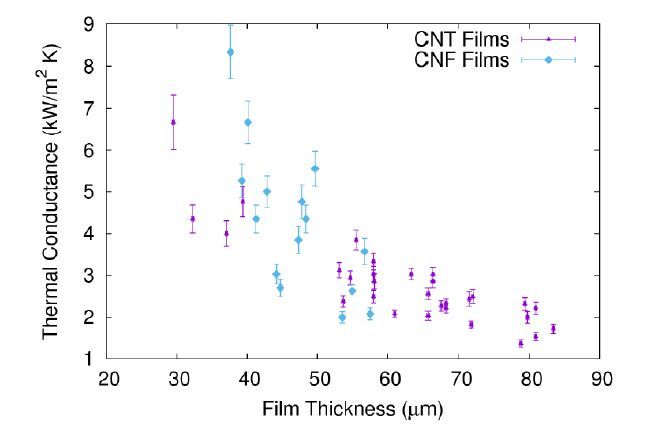
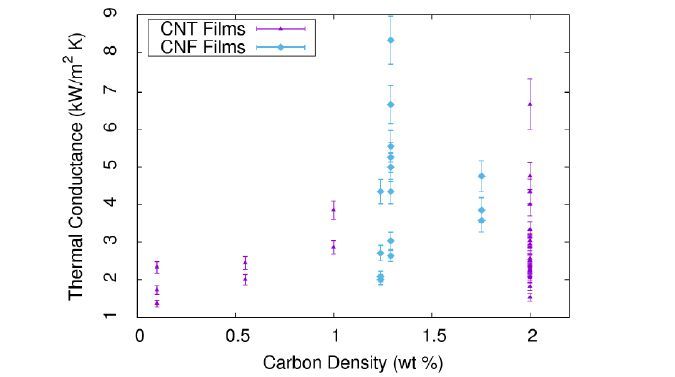


 DownLoad:
DownLoad: